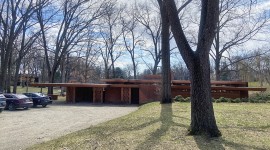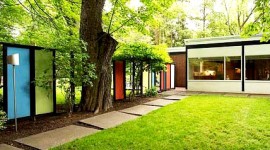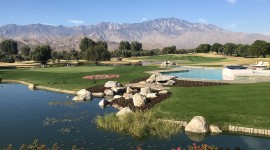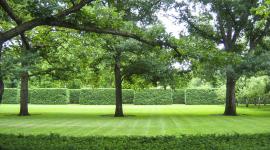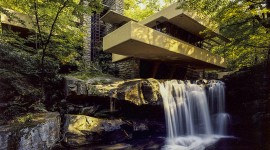Modern Garden
Coinciding with a radical departure from historical precedent in other artistic fields, modernist garden design eschewed formal, geometric design in favor of experimentation with asymmetry and adventurous manipulation of space, form, and color. Often using biomorphic shapes or reinterpreted geometries with abstract effect, these gardens explored new materials and construction techniques while capitalizing on their considerably smaller scale to create intimacy and more manageable construction and maintenance. The delineation between indoor and outdoor spaces was frequently blurred. In the U.S., these gardens were first championed by Fletcher Steele, Thomas Church, and Garrett Eckbo, among others.



